Printed Fabric Types: A Guide to Patterns, Uses and More
The rising popularity of personalized products fuels a demand for high-quality, custom printed fabrics. This guide empowers readers to make informed decisions, avoiding costly mistakes and achieving their creative vision. We’ll cover everything from fabric types to printing methods and design considerations. Packlove provides custom solutions to bring your vision to life. Let’s read!
1. Understanding Printed Fabric Types and Their Applications
1.1 What is Printed Fabric?
Printed fabric is textile material decorated with designs or patterns using various printing techniques. Unlike woven or embroidered fabrics, where patterns are integral to construction, printed designs are applied after the fabric is made. Fabric printing boasts a rich history, dating back to ancient civilizations and continuously evolving with technological advancements. It’s a fundamental aspect of textile production.
1.2 Common Types of Fabric Used for Printing
Several fabrics are commonly used for printing each with unique properties. Cotton is absorbent, versatile, soft and breathable, suitable for screen, digital and heat transfer printing. Polyester is durable, wrinkle-resistant and colorfast, ideal for vibrant dye-sublimation prints.
Luxurious silk offers a smooth texture and vibrant print capabilities, perfect for high-end garments. Linen provides natural breathability and texture, suitable for apparel and home décor. Heavy-duty canvas is ideal for bags and upholstery due to its sturdiness.
2. Exploring Various Printing Methods for Fabrics
2.1 Digital Printing: Precision and Versatility
Digital printing stands out as a modern technique that directly transfers designs onto fabric using inkjet technology. Think of it like a sophisticated office printer, but designed for textiles. This method truly shines when intricate designs and fine details are crucial.
Digital printing excels at capturing complex patterns and achieving a wide spectrum of colors with remarkable accuracy. For businesses needing smaller quantities of printed fabric or requiring fast turnaround times, digital printing offers exceptional flexibility.
It’s particularly advantageous for creating samples, personalized items, or limited-edition collections. While the detail and color fidelity are outstanding, it’s worth noting that for very large production runs, the cost per unit might be higher compared to screen printing. However, for many contemporary clothing businesses prioritizing design complexity and responsiveness, digital printing is an invaluable tool.
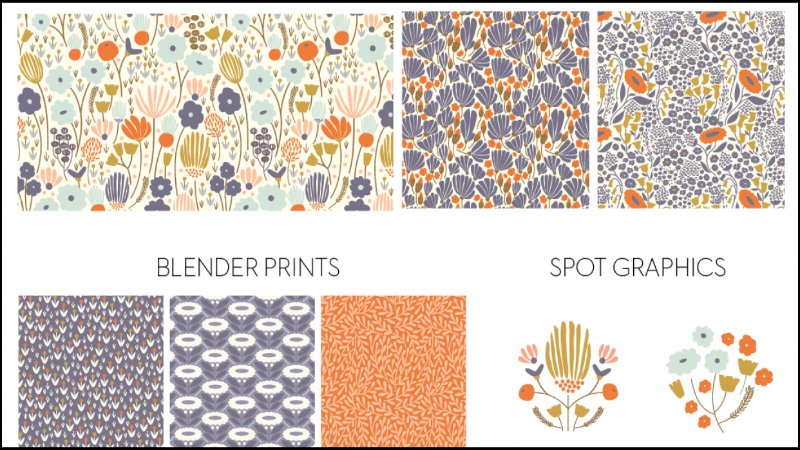
2.2 Screen Printing: Durability for Bold Designs
Screen printing uses stencils and mesh screens to apply ink. This method produces durable, vibrant prints cost-effectively for large orders. It’s excellent for bold designs with solid colors. However, screen printing has limitations; it’s less efficient for intricate designs or those requiring many colors. Each color requires a separate screen, adding setup costs.
2.3 Dye-Sublimation: Vibrant and Long-Lasting Prints
Dye-sublimation uses heat to transfer dye onto fabric, creating a permanent bond. This produces vibrant, fade-resistant prints that won’t crack or peel, ideal for polyester fabrics. The results are long-lasting and high-quality. However, dye-sublimation is limited to synthetic fabrics; it doesn’t work effectively on natural fibers like cotton.
2.4 Heat Transfer: A Versatile Option for Various Fabrics
Heat transfer printing applies designs using heat and pressure. It’s adaptable to many fabric types including cotton and provides a relatively quick process. It offers a balance between speed and cost-effectiveness. However, compared to other methods, heat transfer prints may have lower durability and can sometimes leave a slightly stiff feel on the fabric.
3. A Deep Dive into Printed Fabric Patterns
3.1 Floral Prints: A Timeless Classic
Floral patterns hold an undeniable and enduring charm in the world of fashion, and for good reason. Their appeal isn’t fleeting; it’s deeply rooted in history, with origins tracing back to Asian cultures where flowers have long been revered as symbols of natural beauty and delicate artistry.
Today, the versatility of floral prints is truly remarkable. You’ll find them expressed in countless ways, from the most subtle, scattered blossoms that add a touch of gentle femininity, to meticulously detailed botanical illustrations that capture nature’s intricacies, and even bold, abstract interpretations that push creative boundaries.
This incredible adaptability is a key reason why floral prints remain consistently popular season after season. Beyond aesthetics, they carry inherent positive connotations – evoking feelings of freshness, vibrancy, and optimism.
For clothing businesses, understanding the enduring appeal and diverse expressions of floral prints is invaluable when developing collections that resonate with a wide customer base and tap into timeless style preferences.
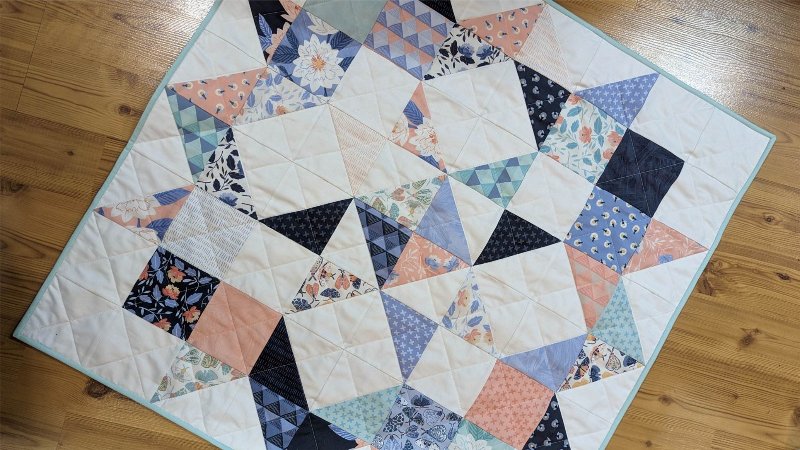
3.2 Animal Prints: Bold and Exotic Statements
Animal prints project power, luxury and an exotic feel, drawing on historical associations. Variations such as leopard, zebra and snake prints offer distinct visual impacts. These designs add a dramatic, eye-catching element to any fabric.
3.3 Geometric Prints: Modern and Structured
Geometric designs showcase precision and order, reflecting modern sensibilities. Their roots are found in diverse cultures including Islamic art, demonstrating their enduring significance. Stripes, checks and chevrons are just a few examples of this pattern type.
3.4 Abstract Prints: Unleashing Creativity
Inspired by abstract art, these prints utilize non-representational forms to express bold creativity. They feature unconventional shapes, colors and brushstrokes, resulting in unique and expressive designs. This style provides a canvas for limitless artistic interpretation.
3.5 Polka Dots: Playful and Versatile
Polka dots add a playful, charming touch with their simple yet effective design. Their timeless appeal blends vintage and contemporary aesthetics. This versatile pattern easily adapts to various styles and design contexts.
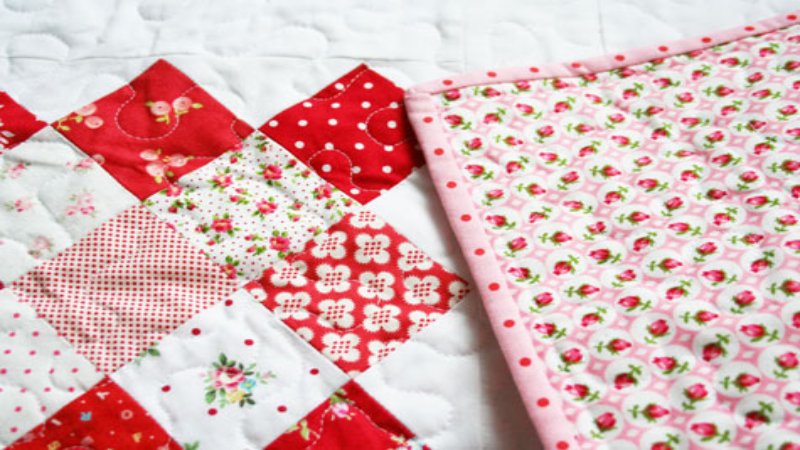
3.6 Paisley: A Touch of Bohemian Elegance
Paisley’s distinctive teardrop shape has its origins in Persia and India, signifying rich cultural heritage. It is often associated with bohemian styles and a sophisticated aesthetic. This pattern lends a unique visual richness to fabrics.
3.7 Plaid (Tartan): A Heritage of Style
Plaid patterns, with their crisscrossing bands of color, are intrinsically linked to Scottish heritage. Their enduring popularity speaks to their classic appeal and versatility. Many variations exist, providing a wealth of design choices.
3.8 Toile: Storytelling Through Fabric
Toile patterns depict detailed, monochromatic scenes, usually from pastoral life. Originating in 18th-century France, these designs convey a romantic and vintage charm. They add a narrative element to the fabric.
3.9 Tribal Prints: Celebrating Cultural Heritage
Tribal prints showcase the artistic heritage of indigenous cultures through bold imagery. Geometric shapes and symbolic motifs are frequently featured, reflecting diverse artistic traditions. These designs bring rich cultural narratives to fabrics.
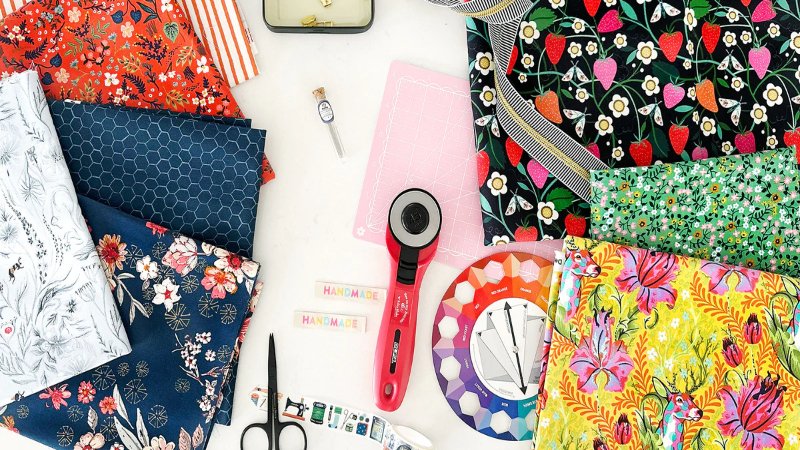
3.10 Ikat: A Unique Weaving and Dyeing Technique
Ikat’s signature blurred patterns result from a unique resist-dyeing process. This technique is prominent in various cultures across Indonesia, India and Central America. The resulting patterns are visually distinctive and intricate.
3.11 Camouflage: From Military to Mainstream
Camouflage patterns, initially for military purposes, have transitioned into popular fashion. They now symbolize strength and adventure, lending a bold aesthetic. Their versatility makes them suitable for diverse applications.
3.12 Houndstooth: A Classic and Sophisticated Choice
Houndstooth’s distinctive broken checks and four-pointed shapes have a long history in Scotland. It is a pattern associated with sophisticated style and timeless elegance. This pattern offers a classic and refined design choice.
3.13 Damask: Elegance in Woven Form
Damask fabric features intricate, reversible patterns woven into the material itself. Originating in Damascus, it is renowned for its elegance. This technique results in luxurious and sophisticated fabrics.
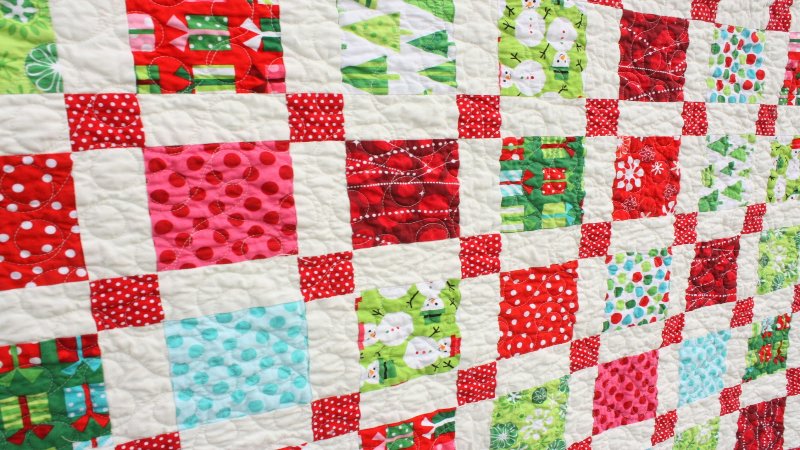
3.14 Batik: An Ancient Art of Wax-Resist Dyeing
Batik, an ancient Indonesian technique, uses wax resist dyeing to create intricate patterns. Its rich cultural significance and artistic value are widely recognized. This traditional method produces unique and visually striking results.
4. Applications of Printed Fabrics: From Fashion to Home Decor
4.1 Clothing and Apparel
Printed fabrics are integral to diverse garments including dresses, shirts, skirts and scarves. Pattern choices influence style and aesthetics; for example, floral prints evoke a romantic feel when geometric patterns create a modern look. Cotton is suitable for comfortable shirts when silk creates luxurious dresses, and durable polyester is ideal for activewear.
4.2 Home Decor and Furnishings
Printed fabrics enhance home décor in various applications, including curtains, pillows, upholstery, bedding and tablecloths. Floral patterns create a traditional feel while bold geometric prints offer a contemporary aesthetic. Durable, fade-resistant fabrics like linen or polyester are suitable for upholstery when softer cotton is perfect for bedding.
4.3 Accessories and Crafts
Printed fabrics are versatile for crafting accessories like bags, wallets and headbands. Durable cotton canvas is ideal for bags when lighter weight fabrics like silk or linen suit scarves or headbands. Pattern selection depends on the project’s desired aesthetic; bold patterns are suited for bags when subtle prints work well for smaller accessories.
5. Choosing the Right Printed Fabric and Printing Method
5.1 Considering Fabric Type and Properties
Fabric selection depends on intended use, desired drape, texture and care requirements. Cotton offers softness and breathability which is ideal for apparel. Linen provides a natural texture that is suitable for home décor. Durable polyester is excellent for upholstery or outdoor use. Consider the fabric’s weight and its suitability for the chosen printing method.
5.2 Matching Printing Method to Fabric and Design
Printing method selection depends on fabric type, design complexity, color requirements, budget and desired durability. Digital printing suits intricate designs and small orders while screen printing is cost-effective for large runs of simpler designs. Dye-sublimation offers vibrant, long-lasting prints on polyester while heat transfer works on various fabrics.
5.3 Design Tips for Custom Printed Fabrics
Effective fabric designs consider scale, repeat patterns, color palettes and image resolution. Larger-scale patterns might overwhelm smaller items while small, intricate designs can get lost on large surfaces. Choose a color palette that complements the fabric and intended use. High-resolution images are crucial for sharp, clear prints. Simple designs often make the most impact.
6. FAQs about Printed Fabric Types
6.1 What is the most durable type of printed fabric?
Polyester fabric printed using dye-sublimation generally offers superior durability because the ink bonds directly with the fibers. However, screen-printed cotton using high-quality, colorfast inks also provides excellent durability, depending on the inks and the care of the fabric.
6.2 What is the best printing method for a small order of custom-designed fabric?
Digital printing is typically best for small orders or unique designs. It avoids the setup costs associated with methods like screen printing. This makes it a more cost-effective option for small-scale projects and prototypes.
6.3 How can I ensure the colors on my printed fabric are vibrant and long-lasting?
Achieving vibrant, long-lasting colors requires careful consideration of fabric type and printing method. Dye-sublimation works well with polyester while reactive dyes are preferred for cotton. High-quality inks are crucial as is following proper care instructions to maintain color vibrancy.
6.4 What are some eco-friendly options for printed fabrics?
Eco-conscious fabric choices include organic cotton, linen or recycled materials. Printing methods employing water-based inks or dyes offer lower environmental impact than solvent-based alternatives.
6.5 Can I print my own photos on fabric?
Yes, digital printing allows for high-resolution photo printing onto fabric. This creates highly personalized and unique designs. High-resolution images are essential for optimal results.
7. Packlove – Providing Service for Printed Fabric Types
7.1 Our Products and Services
At Packlove, we’re passionate about empowering your creative journey with personalized solutions. Our expertise lies in custom printed fabrics, where we help you translate intricate designs and vibrant ideas onto high-quality textiles. Beyond fabrics, we offer a suite of branding essentials to elevate your products: woven labels add a touch of refined craftsmanship, heat transfer labels provide durability for activewear, and rubber labels lend a contemporary, premium feel. For packaging and protection, our reusable zipper bags offer both branding opportunities and practicality, while our poly mailers ensure your items reach customers securely and with your brand prominently displayed.
7.2 Why Choose Packlove
We’re dedicated to quality, customization and customer satisfaction. Our competitive advantages include low minimum order quantities, fast turnaround times and eco-friendly printing options. Our dedicated design team assists with project development and ensures client satisfaction. Contact us for a personalized quote or to discuss your specific project requirements. We’re committed to providing the best solutions for your needs.
Read more:
- Gluing on Patches: Your Ultimate Guide to Perfect Application
- Iron on Patches to a Backpack: Easy DIY Guide & Tips
- How to Tell if a Patch is Iron-On: Foolproof Methods
This guide explored the diverse world of printed fabrics, encompassing numerous types, printing methods, and applications. Explore the exciting possibilities of custom-printed fabrics and let Packlove be your trusted partner in bringing your projects to life. We offer expertise, quality and exceptional service for all your custom fabric printing needs.






















